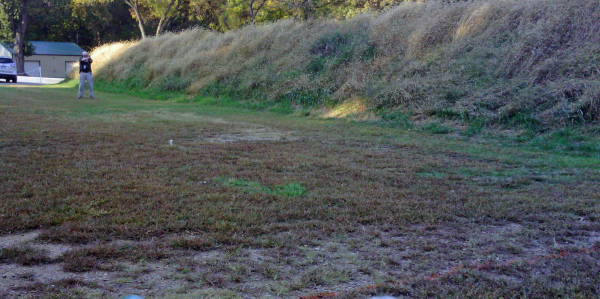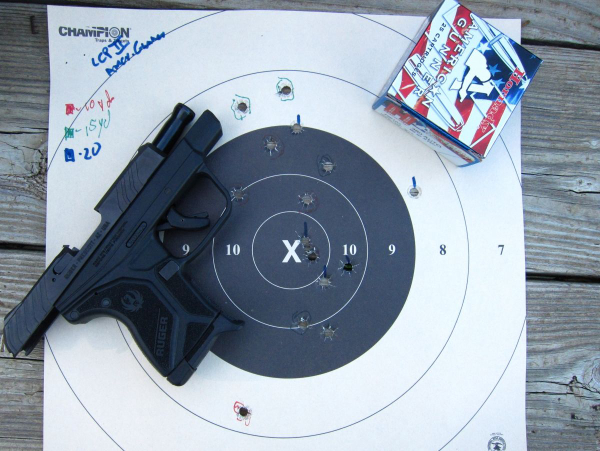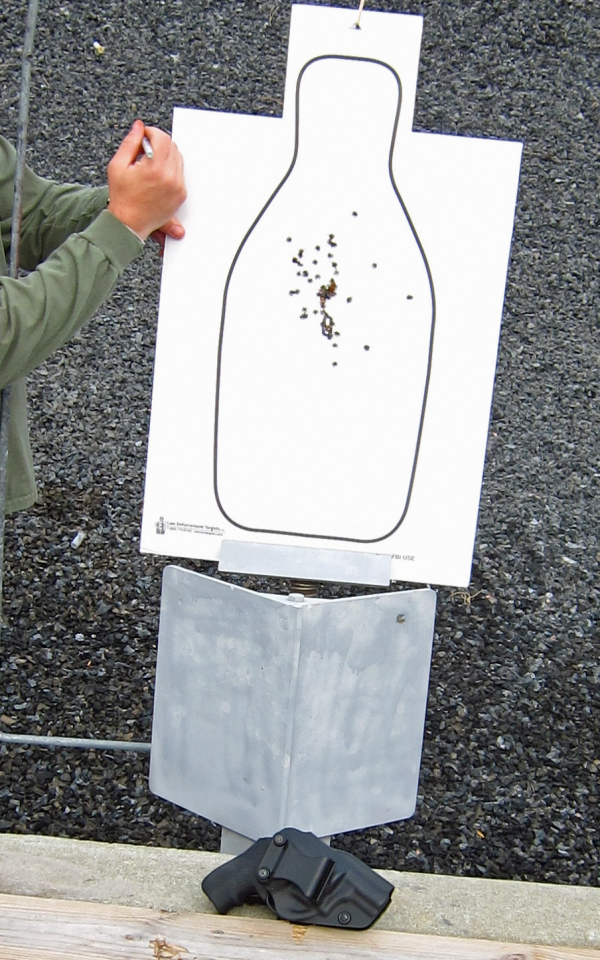
Recently, I noted a question on social media as to the “maximum effective range” of a particular type of defense handgun. Commentators quickly fragmented the issue into all kinds of fantasies about the distance at which the legal concept of self-defense was no longer available, various definitions of “practical range,” and the imagined effectiveness of various caliber-cartridge-bullet type combinations at these varied distances. We were also treated to the old sheep dip, oft-spouted, about “all self-defense cases happen closer than (fill-in-the-blank distance). “
It was gun shop nonsense writ large across the social-media-verse, everything you expect to hear at the weekend gun show held at the National Guard armory.
Dealing with the litigation/prosecution concerns first, read your state’s statutes. As to whether someone at a particular distance can present an imminent deadly threat, that’s a matter for the trier(s) of the fact (the jury, unless a bench trial.) As to “it all happens close,” consider that the opposition has a vote; it’s the offender who determines when the situation will turn deadly. There are cases, thankfully few, where those distances are long. Anyone who tells you that “if you shoot beyond (whatever) distance, you’ll have a lot to explain,” forgets to add, “if you ever use deadly force to stop an immediate deadly threat, you’ll still have a lot to explain.”
That’s life.
To address the actual issue requires definition of terms and, frankly, some guess work. Definitions are easily found, so let’s start there.

Actual “maximum effective range” really has a meaning outside the gun shop and is well explained in a US Army Reserve video by CW2 Knote, thus: it’s the distance at which “… the average trained soldier is expected to be able to produce hits on a man-sized target 50% of the time.” (As opposed to “maximum range,” which is the longest distance at which the projectile still has lethal propensities.)
The more general definition is by the United States Department of Defense: “The maximum distance at which a weapon may be expected to be accurate and achieve the desired effect.” (Dictionary of Military and Associated Terms. US Department of Defense 2005.)
The Wikipedia entry that made this notation went on to explain that “Subjective interpretation of these variables has caused endless and heated debate for more than a century.”
No truer words have ever been expressed.
There are some factors in assessing ‘effective range’ issues. The first is the ability to visually identify an immediately lethal threat that requires shooting. If you can’t see well enough to positively identify the threat, the ‘max effective range’ issue of the firearm in question is the least of your problems. If it’s truly a self-defense issue and not a “looking for trouble” issue, you’ll move away or get behind something (Time = distance + obstacles: Dennis Tueller).
Next, what is the user’s ability to accurately fire the handgun? This has nothing to do with the “average trained soldier is expected to make hits on a man-sized target 50% of the time.” In fact, that’s a huge problem. Most non-sworn armed citizens are not ‘average trained soldiers’ – nor are most soldiers “average trained.” And let’s not leave out the police; outside of a few agencies with superb examples of personal skills training, it seems most prefer the “stand here, hit the huge silhouette x number of times” annual qualification standard.


The objective isn’t hitting a “man-sized target,” like the military, but hitting a particular spot on a dangerously aggressive opponent who’s moving in to kill you right now; we’re not shooting battle rifles nor the “frightening” sturmgewehr, but a defense handgun (a “pitiful little popgun,” as it’s been called). The accuracy standard is far more than “just anywhere on that huge B-27 target.”
Further, there’s the issue of that accuracy level being attained “50% of the time.” This is a horrible plan for police and nonsworn defenders.
Misses are a problem. They (1) endanger other people, including the uninvolved, (2) embolden the aggressor, and (3) waste time that you don’t have. I propose another standard: 100% shot accountability, zero misses. And that’s just rounds into the violently assaultive criminal who’s providing the service of being the ballistic back-stop.
That one hundred percent standard applies operationally; you will miss on the range. At least everyone I’ve ever known, including me, will miss on the range. The range is a place to determine our capabilities in the best-case scenario. As described by world-class trainer, cop and Marine, Pat Rogers, it’s the ideal world where “cotton-ball clouds float across impossibly blue skies, birds sing and trees give beer.”
Knowing your capabilities in the best case and spinning up your skills such that they become reflexive, allows you to slow down, settle down and work slow, absolute precision as the last thing you do before you leave the range. My oft-quoted source MSG Paul Howe explains – and I often repeat – that you learn slowly, pick up speed, then slow down that last few reps before policing up, cleaning up and making ready for the real world.
Go slow for form in learning. As you proceed in practice, pick up the pace to operational speed – shooting in assessment time (h/t, HiTS). Finally, settle in and finish slowly for perfect form.
Using this body of techniques, you determine how far your actual range-world maximum effective range. Is it staying within the C-zone at fifty yards? Is it staying within the 6x6” head box at 25 yards? Until you work it out you won’t know. And learning it on the street is a bad plan.
Conversely, asking internet hobbyists isn’t much of a plan either. What is the practical range of you and your handgun?
Go and find out.
-- Rich Grassi